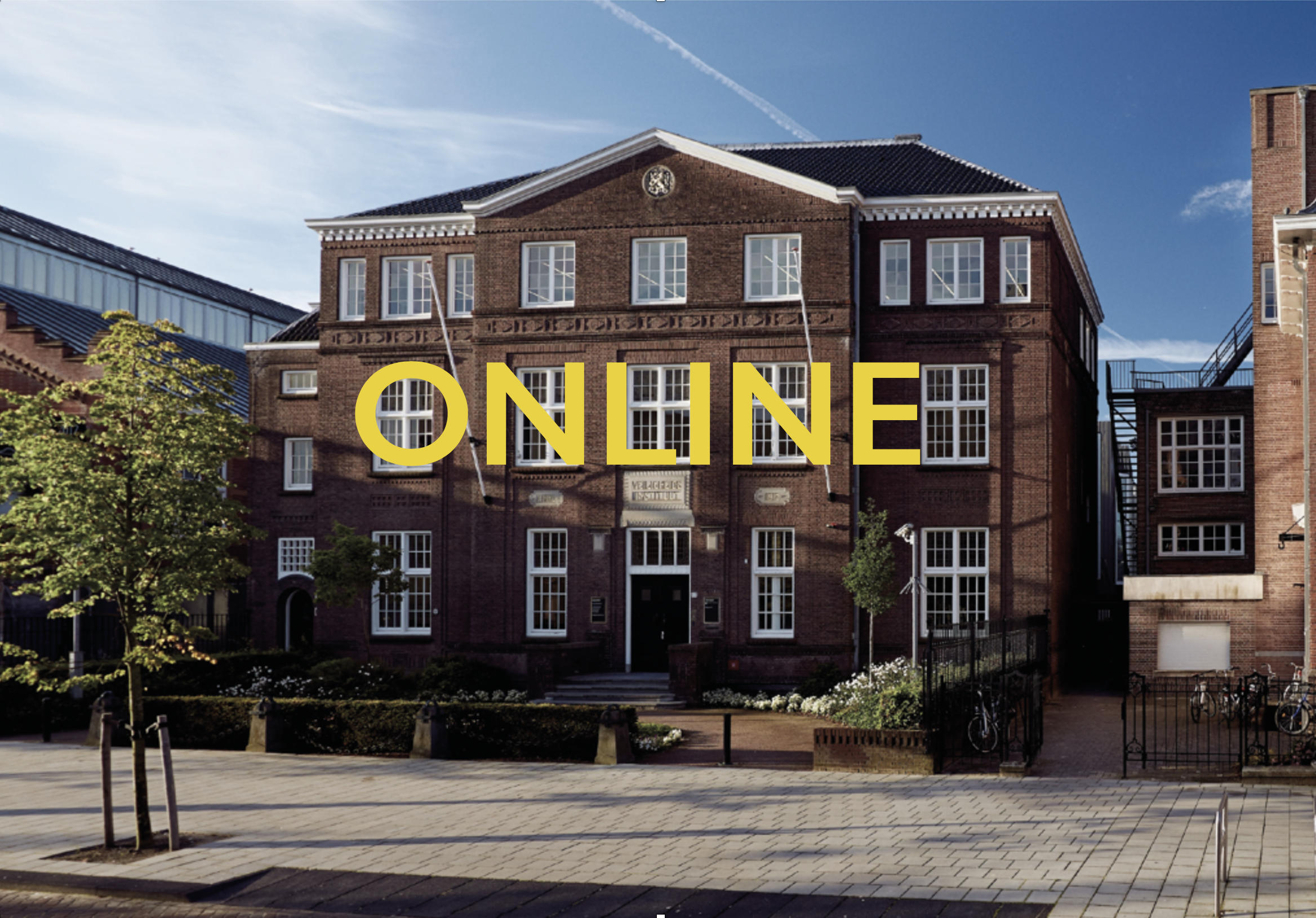

We are pleased to announce a new, online edition of the NICAS colloquium on Thursday 2 February 2023 from 12.00 to 13.00 hrs. The colloquium will take place online through Microsoft Teams.
Throughout the year, NICAS organises a bi-weekly Colloquium consisting of two short research lectures. It provides researchers with the opportunity to present ideas for, updates on or results of their activities. The NICAS Colloquium allows people to stay informed on a regular basis about the latest developments and results of research and to exchange information and expertise.
The chair of this colloquium is Benjamin Rous (NICAS)
The presenters are:
►Muriel Geldof –Van Gogh’s choice of painting materials: artistic preferences and practical circumstances
Abstract:
In this presentation, I will introduce my PhD-project which aims at a better understanding of Van Gogh’s choice of painting materials in his oil paintings of the Dutch (1881-1885), and Arles, Saint-Rémy and Auvers-sur-Oise (1888-1890) periods. To this end, the artists’ materials – investigated by microscopy and chemical analysis on the paintings and in paint samples – will be placed in the context of his time and the circumstances he lived in. Also, the relation between material compositions and their properties will be studied, and ultimately these findings will be linked to Van Gogh’s ideas about his painting materials, for which his letters serve as a source of information. In the second part of my presentation, I will give a few examples of this approach, focussing on the canvas supports the artist used in Arles, Saint-Rémy and Auvers-sur-Oise.
Bio:
Muriel Geldof is a conservation scientist at the Cultural Heritage Agency of the Netherlands. Her research focusses on the painting materials and techniques used by 19th and early 20th century artists, especially those of Van Gogh and his contemporaries. In 2021, she started a PhD-project on this topic under the supervision of Prof. dr. K.J. van den Berg (UvA/RCE) and Prof. dr. E. Hendriks (UvA), with the support of the Van Gogh Museum – ASML Partnership in Science.
► Dzemila Sero – Imaging patterns on terracotta sculptures
(See also: project IMPACT4ART)
Abstract:
Fingerprint-based technology has been used for more than a century in any field where person identification is required, such as governmental border control, building security access, and, most recently, smartphone locking systems, e-commerce, and e-governance applications. Interestingly, inferring demographic data (biological sex, age) from fingerprint patterns is a niche but active research area in archaeology that aims to provide more detailed understandings about the roles of juveniles, adults, men and women in the making process of such artifacts in the past societies. Although epidermal ridge impressions are often found on terracotta sculptures in private and museum collections, these traces lack systematic acquisition and analysis. In this talk, the current state of the art in investigating epidermal ridge impressions in fine arts will be discussed in detail, as well as some promising imaging-based methodology and results on Rijksmuseum terracotta sculptures from the 18th century. The aim of the talk is to provide the audience insights into visual computing methods applied onto marks found on terracotta sculptures from the age of Antiquity, which might potentially lead to innovative and exciting frontiers in cultural heritage.
Bio:
Dzemila Sero is a Migelien Gerritzen Fellow at Rijksmuseum. Her research focuses on artist characterization from traces found on terracotta sculptures housed in the Rijksmuseum, such as epidermal ridge impressions and tool marks. In particular, she uses different imaging techniques to acquire 3D images of these traces, such as 3D micro-CT (FleX-ray Lab, Centrum Wiskunde & Informatica) and 3D photogrammetry (fotostudio, CollectieCentrum Nederland), and develop image processing software. Her BSc and MSc are in Biomedical Engineering (Politecnico di Milano, Italy), and she holds a PhD in Engineering Science at KU Leuven (Belgium), followed by a postdoctoral training funded by the Impact4Art project (NICAS and NWO) in the Computational Imaging group at the Centrum Wiskunde & Informatica, the national research institute for mathematics and computer science in the Netherlands.